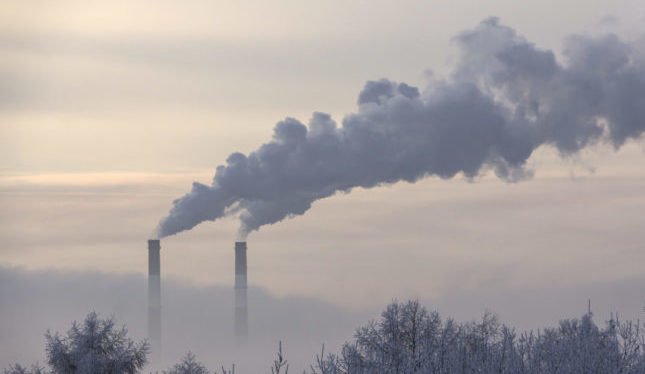CAMBRIDGE
It is hard to see how to do this within the framework of existing multilateral aid institutions, which have limited expertise on climate issues and

It is high time to create a new, focused agency, a World Carbon Bank, that provides a vehicle for advanced economies to coordinate aid and technical transfer, and that is not simultaneously trying to solve every other development problem. Yes, I fully understand that the current U.S. administration is reluctant to fund even existing international institutions. But the West cannot retreat from a world of intertwined climate responsibilities.
According to the International Energy Agency–one of the few honest brokers in the global climate-change debate and a model on which a new World Carbon Bank research department could build–annual CO2 emissions in Asia are now double that of the Americas’ and triple that of Europe. In advanced economies, where the average age of coal plants is 42 years, many are reaching the natural end of their lifespan, and it is not a great burden to phase them out. But in Asia, where one new coal plant a week is being built, the average age is only 11 years, and most will
Coal accounts for over 60% of electricity generation in rapidly growing China and India. Even though both countries are investing heavily in renewables such as solar and wind power, their energy needs are

How can the U.S. arrogantly tell India to cut back on CO2 emissions that are only one-tenth those of the U.S.?
There are many options for trying to reduce carbon emissions. Most economists (including me) favors a global carbon tax, though some argue that the more politically digestible cap-and-trade formula can be virtually as effective. But this is pie in the sky for developing-country governments desperate to meet their people’s basic energy needs. In Africa, only 43% of people have access to electricity, versus 87% worldwide.
Ignorant presidents aside, most serious researchers see the risk of catastrophic climate change as perhaps the greatest existential threat facing the world in the twenty-first century. The effects are already with us, whether record heat on the U.S. West Coast and in Europe, epic flooding in Iowa, or the impact of climate risks on the price of home insurance, which is rising beyond the reach of many people. And today’s refugee problem is nothing compared to what the world faces as equatorial regions become too hot and too arid to sustain agriculture, and as the number of climate migrants explodes to perhaps a billion or more by the end of the century.
The U.S. military is readying itself for the threat. Back in 2013, the chief of the U.S. Pacific forces, admiral Samuel J. Locklear, listed long-term climate change as the biggest national-security threat. Given grave doubts about whether existing measures, such as the 2015 Paris climate agreement, are likely to do more than slightly slow down global warming, pragmatists are right to see preparing for the worst as a grim necessity.
Advanced economies need to put their own environmental house in order. But it will not be nearly enough if developing Asia, and perhaps someday developing Africa,
How much it will cost depends on assumptions and ambitions, but one can easily imagine a trillion dollars over ten years. Crazy? Maybe not, compared to the alternatives. Even a Green New Deal is better than a Green No Deal.
Kenneth Rogoff, a former chief economist of the IMF, is Professor of Economics and Public Policy at Harvard University.







